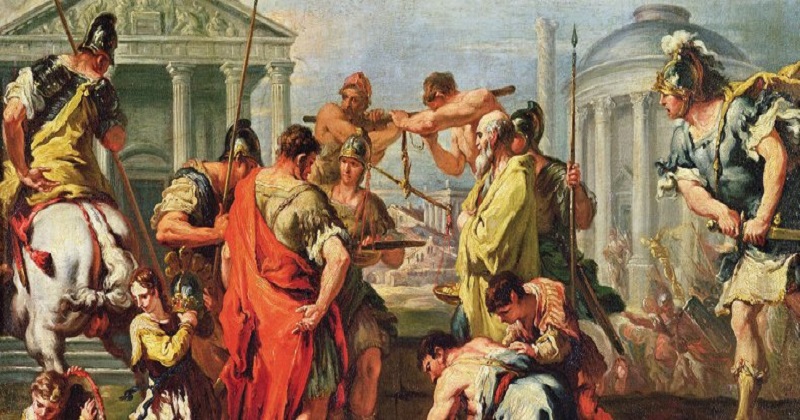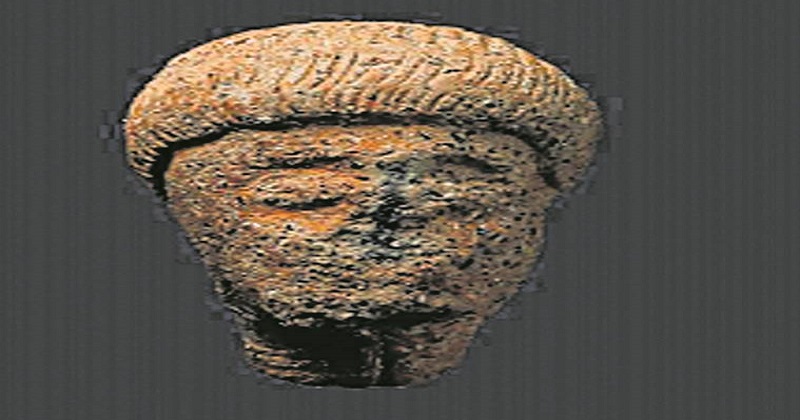
One of the volunteers at the excavation site in Pattanam, a village in Ernakulam district of Kerala, had been sieving the soil dug out of one of the trenches in her uncle K S Sukumaran’s backyard. She found a strange looking button.

As they brushed the sand off, there emerged a glorious she-Sphinx, the Greek mythical creature known for its magical powers. The gemstone with the Sphinx, along with the head of a small Greco-Roman statuette found on Sukumaran’s plot on April 25, is further evidence that Pattanam, the small village by the backwaters of the Periyar river, could be Muziris — the legendary port city that thrived sometime between the 1st century BC and 4th century AD.
Muziris, the ‘Emporia of the East’, flourished after the Romans conquered Egypt, and rose to become a key centre for trade between the Red Sea and Indian Ocean regions, sending out pepper, precious stones, silk, beads, ivory and pottery to West Asia and Rome, and importing gold coins, glass, wine and wheat from there After sometime in the 4th Century AD, Muziris disappeared. There are several theories about this, among them that, with the decline of the Roman empire, its key trading partner, the port city fell into disuse. Another one is that a catastrophic flood in the Periyar in 1341 silted the Muziris harbour, leaving it too narrow for ships.

“There are numerous possibilities — merchants and traders could have brought it. Anyway, there wasn’t just one royal seal; there would have been thousands. They were used by the emperor himself and those whom he authorised, to be used as a stamp, instead of a signature,” says Cherian, adding that there’s another “strong possibility” — that the Sphinx was produced at Pattanam.
The Sphinx is also a “phenomenal sign”, says Cherian — of Pattanam being Muziris. “There is a silent agreement among historians that the pre-9th century period was very primitive. But findings such as these show that’s not true. There is now proof that inter-continental trade exchanges were happening much earlier,” he adds.
Writing of the “special” find, Rocca of the Tor Vergata University of Rome said, “Some of the craftsmen from India travelled to the West and learned to work in a different cultural milieu. Roman merchants settled for months in Pattanam.”

Post Your Comments